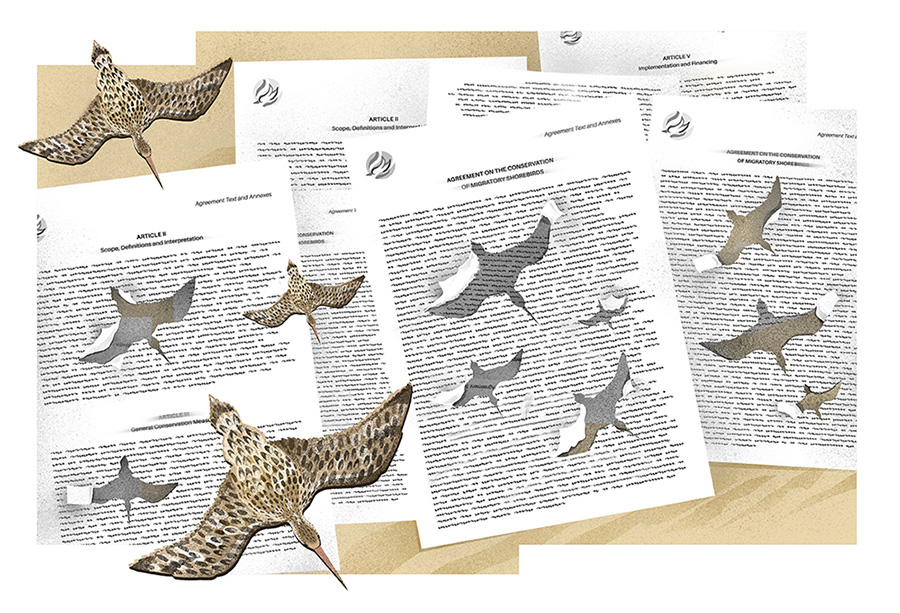Folklore depicts the rich cultural heritage of a society’s past and plays a significant role in shaping its beliefs and customs. They help inculcate values, transfer knowledge, and promote wisdom in individuals of that society. According to the study published in the journal Frontiers of Environmental Science in February 2021, folktales are also influential in paving the way for human-wildlife coexistence in the high altitudes of the Himalayas in Ladakh, India.
The study, authored by Dr. Saloni Bhatia and collaborators, presses us to consider folklore as a tool to understand people-wildlife interactions in the “Land of High Passes”.
“We, who are interested in conservation, tend to look at everything in a sort of utilitarian perspective, but the cultural things transcend the realm of conservation. It’s more of a way of life,” says Bhatia, who is currently associated with IIT-Bombay for her postdoctoral studies. People’s perception of wildlife is often driven by their traditional and cultural values, norms and practices. Scientists have recently started to identify the importance of multidisciplinary research that takes these parameters into account to understand the complex mechanisms of human-wildlife coexistence.
This study tried to dissect the cultural values behind the human-wildlife relationships in the Indian Trans Himalayan region. Archived documents and semi-structured interviews with the locals were used to collect narratives about ibex, wolves, and snow leopards, as well as a mythical carnivore called seng ge or snow lion, often mentioned in the local Tibetan Buddhist folklore. They found that ibex were mainly associated with utilitarian and optimistic views. “The cultural connections that people have with ibex are far more nuanced and deep. If one were to think about a cultural flagship, then ibex would be more appropriate than a snow leopard,” states Bhatia.

The study also revealed that wolves and snow leopards are likened with protective deities, incorporating a positive symbolism in these carnivores. More recently, such values have been overwhelmed by the animals’ negative impact on human life in terms of livestock loss and human injuries. Consequently, they are chiefly being associated with negative symbolism. The mythical snow lion outvalues all the other carnivores in positive symbolism.
The study presses us to pay more attention to understanding the cultural dimensions of human-wildlife coexistence. According to Bhatia, practitioners should engage in “customised conservation messaging” to get locals on board in conservation endeavours, with a focus on issues that the locals care about. The positive perspectives can be a factor to promote grassroots conservation, whereas the negative ones can be used to initiate conversations with the locals to promote coexistence. For example, the apparent parity between a snow lion and a snow leopard could be utilised to preserve the latter.

Apart from the conservation aspect, the value of this study lies in the repository of Ladakhi folklore. Similar methods can be applied across the country to produce a national repository of indigenous knowledge. This will help understand the complex cultural aspect of how wildlife is sharing space with humans in a densely populated country like India. Furthermore, elderly people with vast knowledge of the ecology of the landscape can act as catalysts to initiate conservation dialogues at the grassroots. They can mentor young practitioners who can imbibe the knowledge and utilise it to ensure the persistence of wildlife in these ever-changing landscapes.
Every place might have different stories and perspectives on similar or other animals, and the approach to nature conservation should be designed accordingly. “When you do conservation messaging and don’t understand these nuances as a practitioner, then it is difficult to draw up a message that people can relate to,” adds Bhatia.
To promote the long-term coexistence of humans and wildlife, socio-economic and cultural aspects of the locals and the ecological facets should be given equal importance in current day wildlife research. “We tend to approach conservation from a very narrow perspective defined by our own set of values,” says Bhatia, “but if you just open up to the world and keep yourself open and empathetic and compassionate, there are multiple perspectives, and there’s so much out there to learn from.”
Folklore has the potential to influence people’s perceptions of wildlife. This can be used as a framework to acknowledge the value of this cultural practice to understand the intricate details of the human-wildlife coexistence and ensure the persistence of wildlife in the country.
Further Reading
Bhatia S, K. Suryawanshi, S. M. Redpath, S. Namgail, C. Mishra. 2021. Understanding People’s Relationship With Wildlife in Trans-Himalayan Folklore. Frontiers of Environmental Science 9: 595169.






